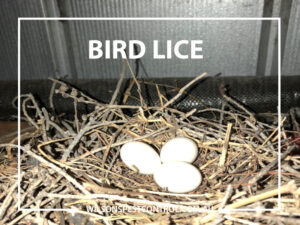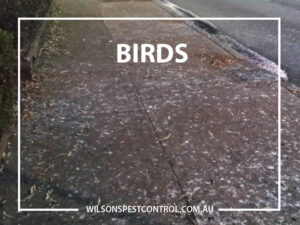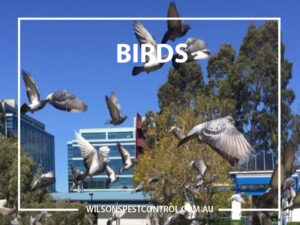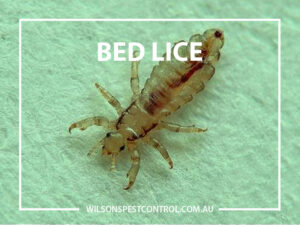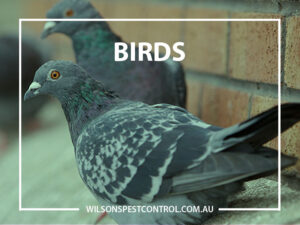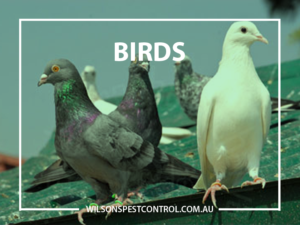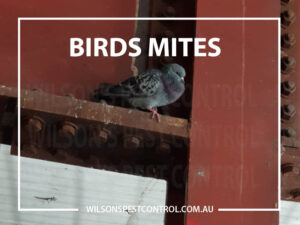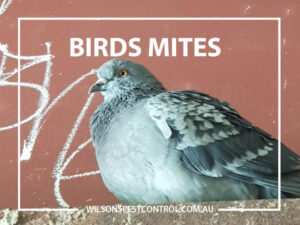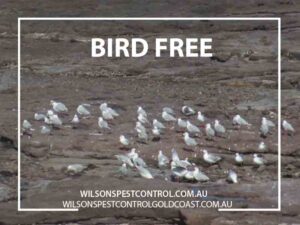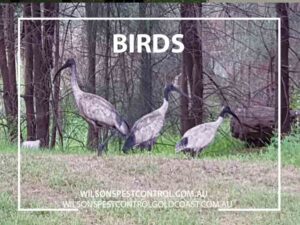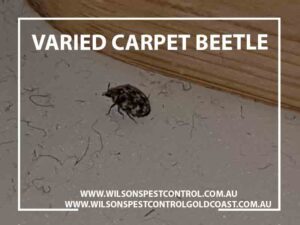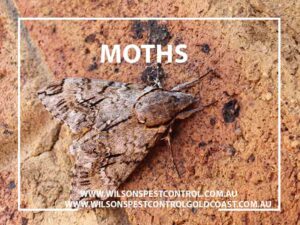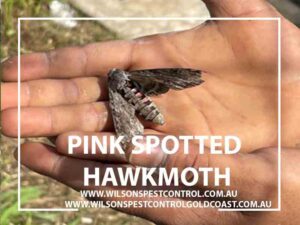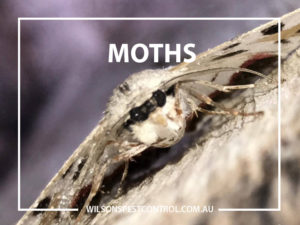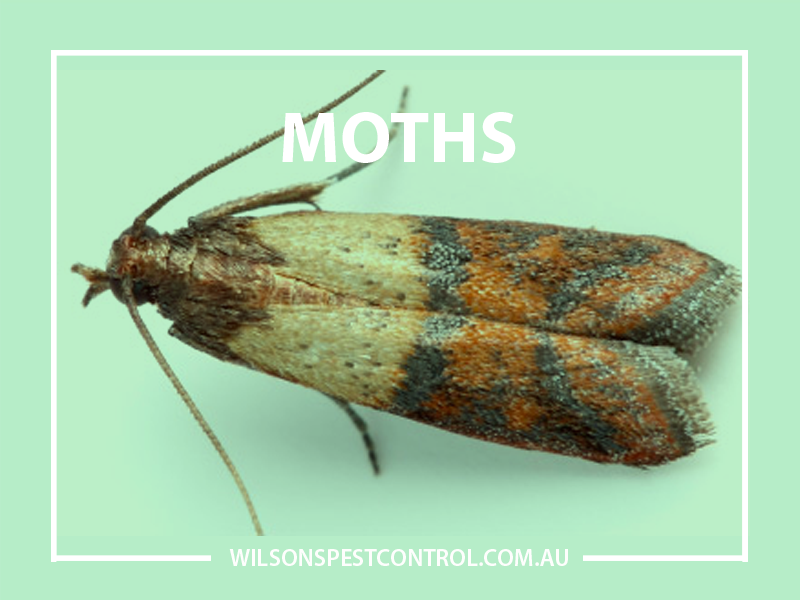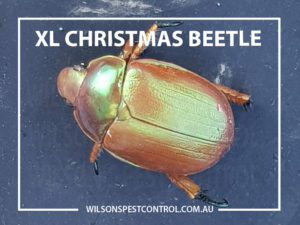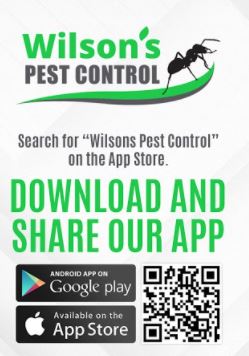Silverfish carpet – beetle – clothes moths - pest Control Blacktown Hills District
Silverfish Carpet Beetle and Clothes Moths are a fabric pest feeding on natural fibers like wood, cotton, they also ingest paper as a food source. These pests’ causes irreparable damage to posters, books, pictures any paper based products, linen, clothing. Silverfish are easily transported from one property to another in old furniture, clothing and books.
The pests feed on natural fibers. All stages of the fabric pests’ life cycle are destructive causing irreversible damage. Hygiene is the best defence for this pest practice vacuuming, air drying and dusting on a regular basis.
If you have purchased good and you are transporting from other locations key to check the good before moving them into your new home/office/wardrobe.
Practicing good hygiene by vacuuming, dusting and regular cleaning is the most effective defence against these pets, we can offer a service using a heavy duty extract unit that will suction the areas that you may feel your own vacuum is not capable.
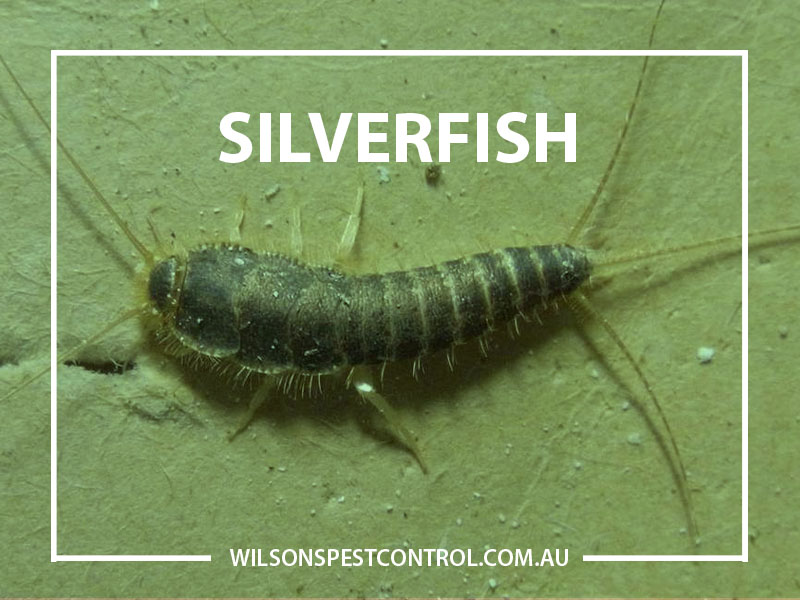


BOOKLICE
It is a myth that paper lice attack people it is often the dust and debris that we encounter and point the issue at booklice. Booklice belong to the Psocids group of insects they are so small 1 – 10mm in size.
Booklice they are found in libraries, old magazines and newspaper piles, under bark, in bird and rodent nests, mouldy stored foods, among books. Their diet consists of fungi & mould, dead plant & animal tissue.
Chemical free treatment is to put infested items into a black garbage bag and place the bag in the sunshine for several hours. These insects thrive on poor storage of your belongings.
After the treatment be sure to store items in conditions that are airy as possible with low humidity.
SPRINGTAILS
Springtails are harmless to people; they do not bite or sting us, nor damage food products, clothes, or furniture.
Springtails become a nuisance in and around the home in the spring and summer months, appearing in large numbers in and around window sills, doors, patios, garages, pools, sinks, and bathtubs & sinks.
To help you to eliminate Springtails you want to prevent them from relocating to your home or business, you need to remove the moisture source that accumulates in your home. The best way to do this is by improving air circulation.
Springtails are capable of rapid population growth. The females release a pheromone to attract males and females lay eggs.
They play an important role in decomposition and nutrient cycling in soil ecosystems, and are a major food source for a variety of soil predators. Springtails are present in many habitats often occurring in dense groups. Wherever there is organic matter and vegetation, Springtails live in soil or under decaying wood or bark, thriving in areas with leaf litter, compost and organic mulches. Springtails feed on moulds, fungi, algae and decaying plant material.
Springtails are nocturnal, sheltering during the day.
Springtails love water and can be seen floating in puddles of water.
Springtails continue to moult regularly throughout their life. They are capable of rapid population growth and appear to infest homes in swarms. Being so tiny they are a nuisance and often feel like lice or fleas. They enter homes through gaps and around fly screen mesh.

